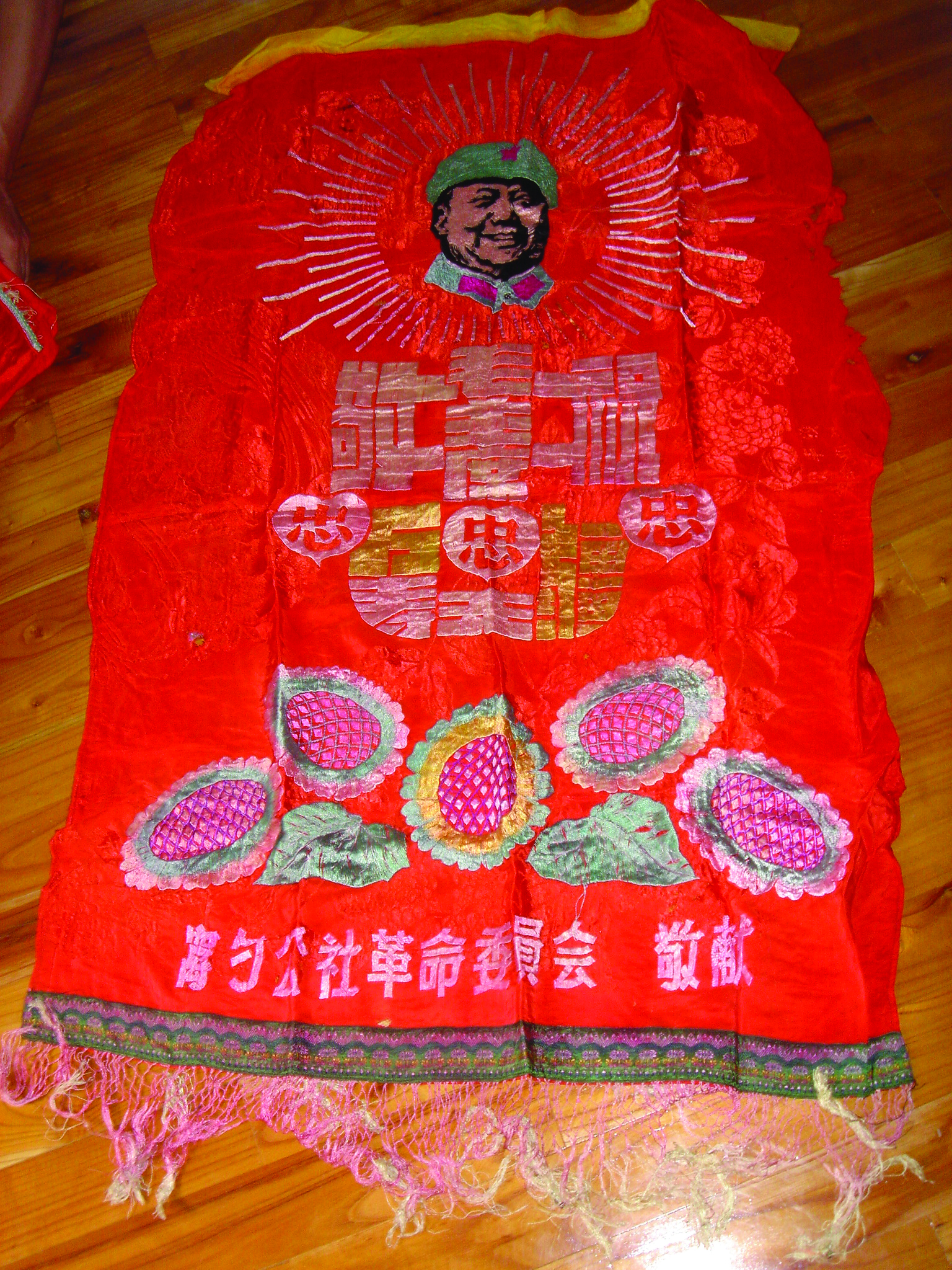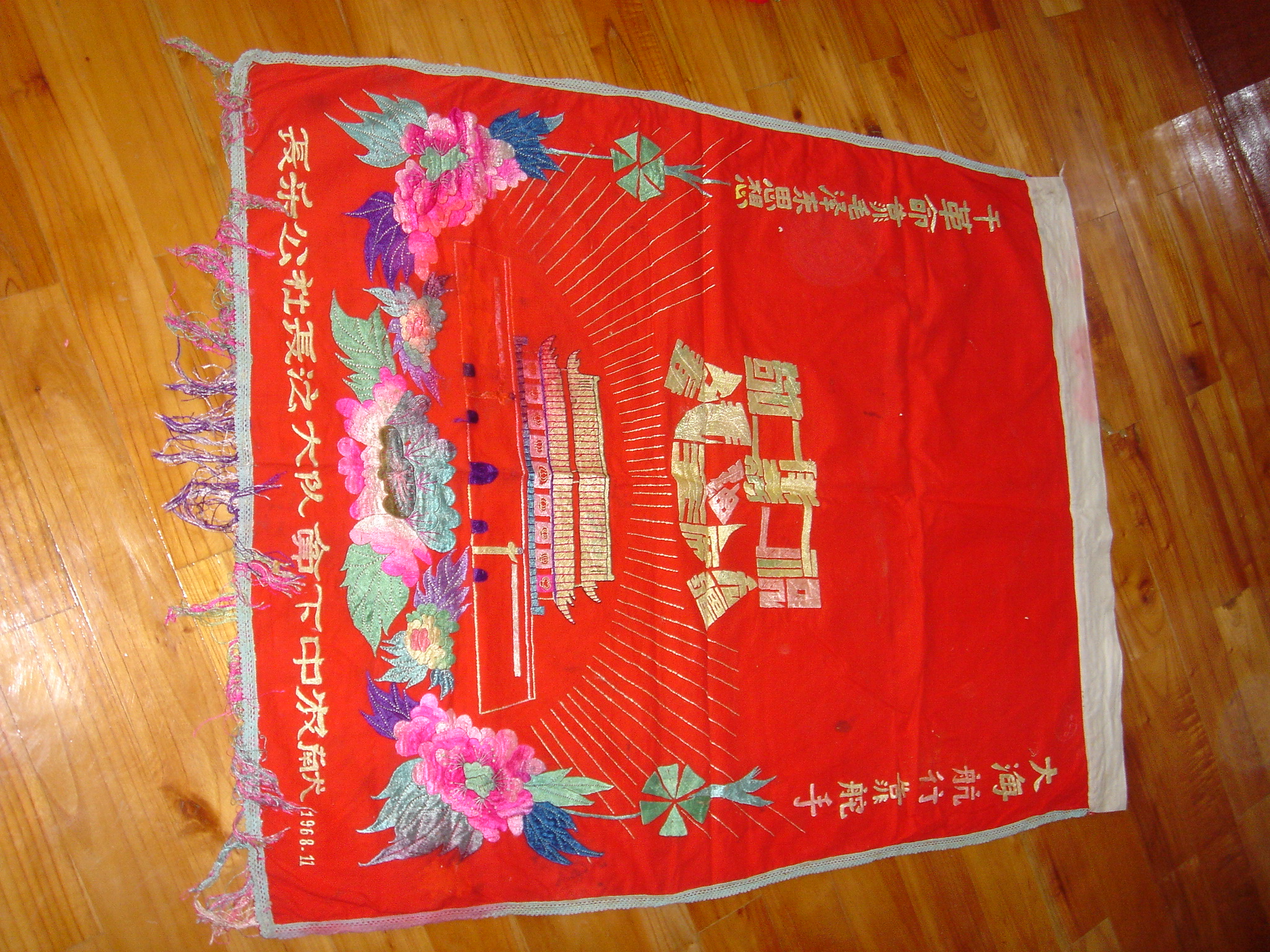NORTHEAST ASIAN HISTORY FOUNDATION 05/2022
-
Kim In-hee, Director, Korea-China Relations History Research Institute
Culture, the Yardstick for Civilization and Barbarism
“Ta meiyou wenhua.”
When translated literally, it means “He has no culture.” However, it actually means, “He has a poor educational background.” The meaning of ‘culture’ is different in China and Korea.
In China, culture meant a 'civilization' differentiated from barbarism. It was believed that culture was owned only by “China” and only by the top ruler among them. In other words, even among the same Chinese, the ruled were considered barbaric, and all non-Chinese people also barbaric. China ruled its people in a way that edified barbaric people using 'manners, music, and culture,' which gave birth to the phrase “rule and edify with culture.” In ancient China, culture was and still is, an essential means of governance.
Domestic Culture Policies: Criticism of Cultural Nihilism and Cultural Confidence
The key is to overcome cultural nihilism and have cultural confidence. Cultural nihilism includes traditional culture but mainly refers to the assertion “negating Chinese socialist culture and adopting Western-style democracy.” In other words, ‘cultural confidence’ refers to overcoming cultural nihilism and gaining confidence in ‘socialist cultures with Chinese characteristics.’
Combining Marxism and traditional culture was suggested as a way to overcome cultural nihilism. The key is to find Marxist characteristics in conventional culture and prove that Chinese socialism did not come from outside but was innate. According to the report, "Combining Marxism and Chinese culture are to combine the 'basic principles' of Marxism and the 'essence' of traditional Chinese culture. Excellent traditional culture is the rich nourishment of Chinese Marxism (〈“相合”是克思主中化的必然途〉, 《中年》, November 22, 2021).” It is a core ideological project of the Chinese government and is covered by the media extensively.
As President Xi Jinping instructed to “discover and use red cultural resources to strengthen cultural construction,” red cultural activities were actively carried out. “Harbin City is working hard to build a spiritual civilization for a new era by nurturing the red culture and passing on red genes.” (〈色文化文明城〉, 《日》, June 15, 2021). At a kindergarten in Xianju Prefecture, Zhejiang Province, children were educated under the theme, “The Party Flag is in My Heart.” They sang red songs and embroidered party flags in the Miao village in Qinxi City, Guizhou Province. (〈生播色文化(新)〉, 《人民日》, August 17, 2021)
In fact, the red culture movement was popular during the Cultural Revolution. Villagers embroidered the flags with the character for longevity one by one, praying for the long life of Chairman Mao Zedong. The only difference is that they are embroidering the party flag rather than President Xi Jinping today. I took the two photos above at Huayuan County in Hunan Province on July 20, 2006. They are the party flags dedicated to Chairman Mao during the Cultural Revolution.
Foreign Cultural Policies: Community of Common Destiny and Dissemination Project
The main content of the foreign cultural policy is to spread the Chinese culture to the world to form a community of common destiny. The community of common destiny community for mankind is the primary direction of China's foreign relations and the loftiest code of international order that the Chinese Community Party intends to establish. The concept of a community of common destiny community for mankind was first proposed by President Xi Jinping at the 18th Party Congress in 2012 and is generally viewed as a modern version of the ancient concept of world order.
The Chinese government wants to spread Chinese culture to the world to form a community of human destiny. This project is called the dissemination project. President Xi Jinping instructed, "Have culture and arts people portray the image of China in a lovely and respectful manner to make the people of the world trust China."(〈近平在中文第十一次全代表大中作第十次全代表大幕式上强增强文化自定文化自信展示中文新象就中文化新煌〉, 《人民日》, December 14, 2021)
While previous dissemination projects carried out projects such as Chinese language education, overseas performances of traditional culture, and overseas exhibitions of ancient artifacts, promoting President Xi Jinping has become an essential part of recent projects. The Chinese government also uses foreign influencers and international students to help spread Chinese culture.

Still Ruling with Culture
Ancient Chinese rulers tried to rule their people and assimilate different nations using arts and music cultures. Modern Chinese rulers also inherited the ways of their ancestors. China wants to lead its people by promoting patriotism using traditional and red cultures. In addition, it aims to expand the influence of China by spreading the Chinese language and traditional Chinese culture to people around the world and promoting President Xi Jinping. The saying from ancient China, “rule and edify with culture,” is in effect in the present age.
The user can freely use the public work without fee, but it is not permitted to use for commercial purpose, or to change or modify the contents of public work.





